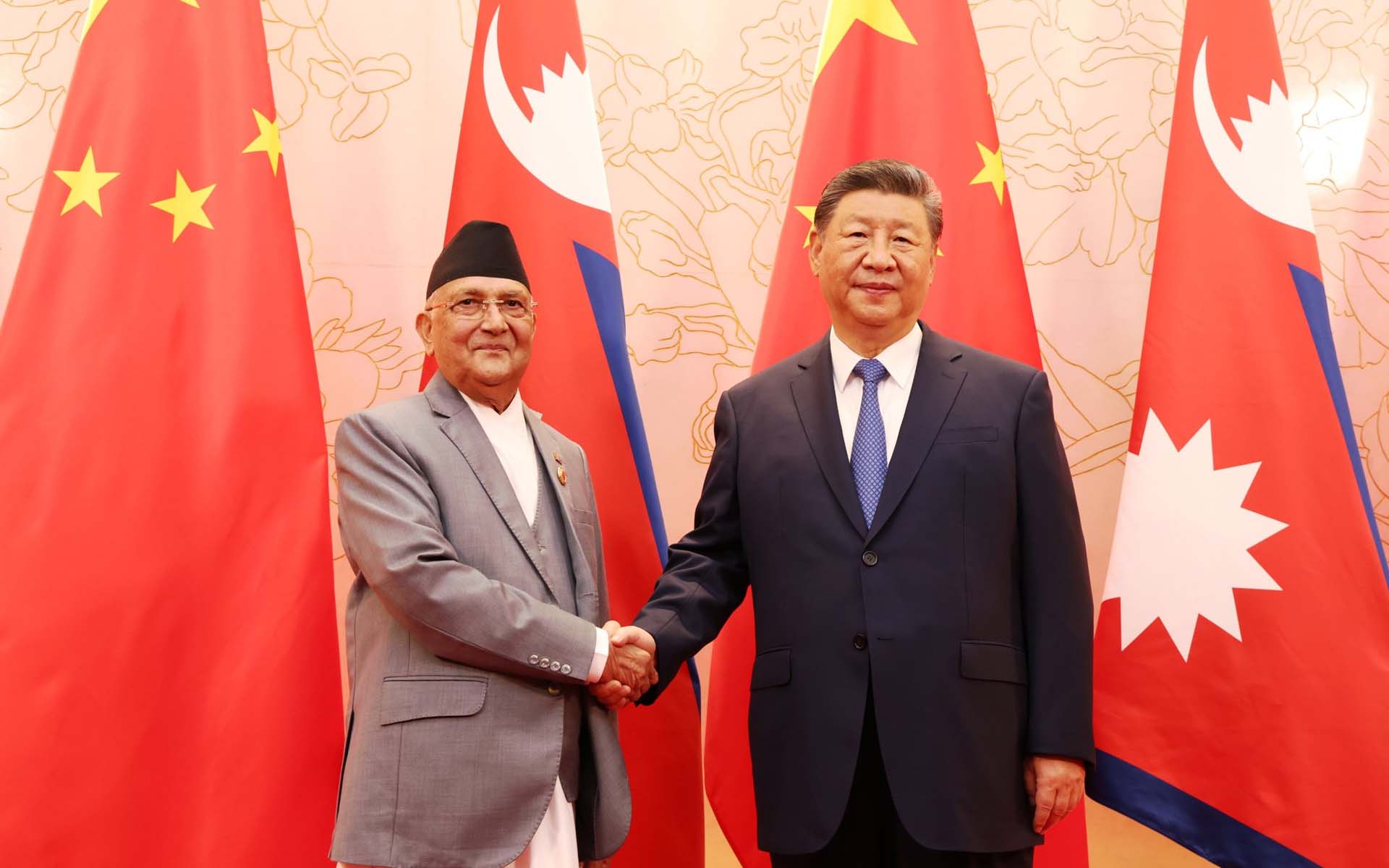
On August 1, 2025, China and Nepal celebrated the 70th anniversary of their diplomatic relations. Since establishing ties in 1955, the two neighbors across the Himalayas have adhered to the Five Principles of Peaceful Coexistence, fostering comprehensive cooperation in political, economic, and cultural domains. This relationship exemplifies equality and mutual benefit between nations of different sizes. Under the Belt and Road Initiative (BRI), China-Nepal relations are entering a new era of deeper integration and robust collaboration.
China-Nepal political relations are built on mutual respect and equality. In 1960, the signing of the China-Nepal Boundary Agreement resolved border disputes, making Nepal the first neighbor to peacefully demarcate boundaries with China. Nepal has consistently upheld the one-China principle, while China supports Nepal’s sovereignty and its “Zone of Peace” proposal.
High-level exchanges have strengthened trust. In April 1960, Premier Zhou Enlai visited Kathmandu, signing the China-Nepal Treaty of Peace and Friendship. In December 1973, King Birendra’s visit to China saw China publicly endorse Nepal’s policy of peace, neutrality, and non-alignment. In 1996, President Jiang Zemin’s visit established a “Good-Neighborly Partnership of Friendship for the 21st Century.” In 2019, President Xi Jinping’s state visit, the first by a Chinese president in 23 years, elevated ties to a “Strategic Partnership of Cooperation for Development and Prosperity.”
Looking forward, under the BRI framework, China and Nepal will deepen political ties through platforms like strategic dialogues and joint committees. Cooperation will expand within the UN, SCO, and Global Development Initiative, focusing on climate change, public health, and food security. China will continue supporting Nepal’s independent diplomacy and its role in international peacekeeping. Aligning the BRI with Nepal’s “Prosperous Nepal, Happy Nepali” vision will pave the way for a long-term cooperation roadmap, fostering a China-South Asia community of shared destiny.
China-Nepal economic cooperation began with development aid. The Araniko Highway, completed in 1965, broke India’s blockade on Nepal. Iconic projects like the Birendra International Convention Center, Kathmandu Stadium, and Pokhara International Airport (operational in 2023 with a capacity of 1.5 million passengers annually) have bolstered Nepal’s infrastructure. In recent years, cooperation has shifted toward market-driven investment.
In 2024, China’s exports to Nepal reached $2.16 billion, with China as Nepal’s top investment source, focusing on hydropower, infrastructure, and tourism. Since the 2017 BRI Memorandum of Understanding, flagship projects like Pokhara International Airport and cross-border highway upgrades have advanced. By 2024, 14 traditional border trade points, including Zhangmu, Purang, and Riwu, resumed operations, handling over 500 vehicles daily. Agreements for repairing the earthquake-damaged Gyirong port and feasibility studies for the Gyirong-Kathmandu railway and cross-border power lines were finalized.
Under the BRI, future cooperation will focus on infrastructure upgrades, including the Gyirong-Kathmandu railway and Kathmandu-Pokhara-Lumbini highways, transforming Nepal from a landlocked to a land-linked nation. Green energy projects in hydropower, wind, and solar, supported by the Asian Infrastructure Investment Bank and Silk Road Fund, will enhance sustainability. Digital payments, cross-border e-commerce, and Beidou navigation applications will position Nepal as a “South Asia Digital Hub.”
China-Nepal cultural exchanges, rooted in Buddhist heritage, span millennia. Lumbini, the birthplace of Lord Buddha, attracts numerous Chinese pilgrims and scholars. Since 1955, China has offered scholarships to thousands of Nepali students, covering medicine, engineering, and language studies. Two Confucius Institutes in Nepal promote Chinese language and culture, while Chinese-aided Luban Workshops and cultural centers enhance vocational education.
Tourism thrives, with over 100,000 Chinese visitors to Nepal in 2024, recovering from 170,000 in 2019. Popular destinations include Kathmandu, Pokhara, and Chitwan. Since May 2024, China waived visa fees for Nepali tourists, following Nepal’s visa-free policy for Chinese visitors since 2016. The 2025 “China-Nepal Tourism Year” aims to attract 500,000 Chinese tourists.
Under the BRI’s people-to-people connectivity framework, future initiatives include cross-border cultural tourism and heritage preservation, expanded youth exchanges, and enhanced language education. Digital platforms will enable virtual exhibitions and film exchanges, while 5G and VR technologies will recreate sites like Swayambhunath Temple. These efforts will strengthen ties among the younger generations, fostering a shared cultural foundation.
Over 70 years, China and Nepal have built a deep friendship and strategic partnership grounded in peace and mutual benefit. At this historic juncture, the BRI offers new avenues for collaboration, unlocking synergies in politics, security, development, and cultural exchange. Moving forward, both nations will work toward a closer China-Nepal Trans-Himalayan Community of Shared Future, contributing to peace and prosperity in South Asia and beyond.